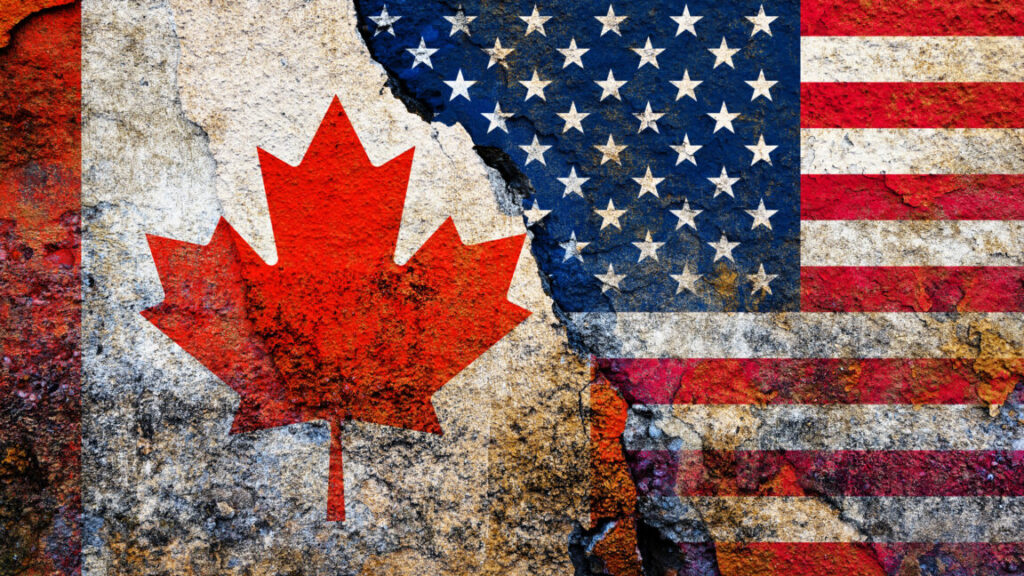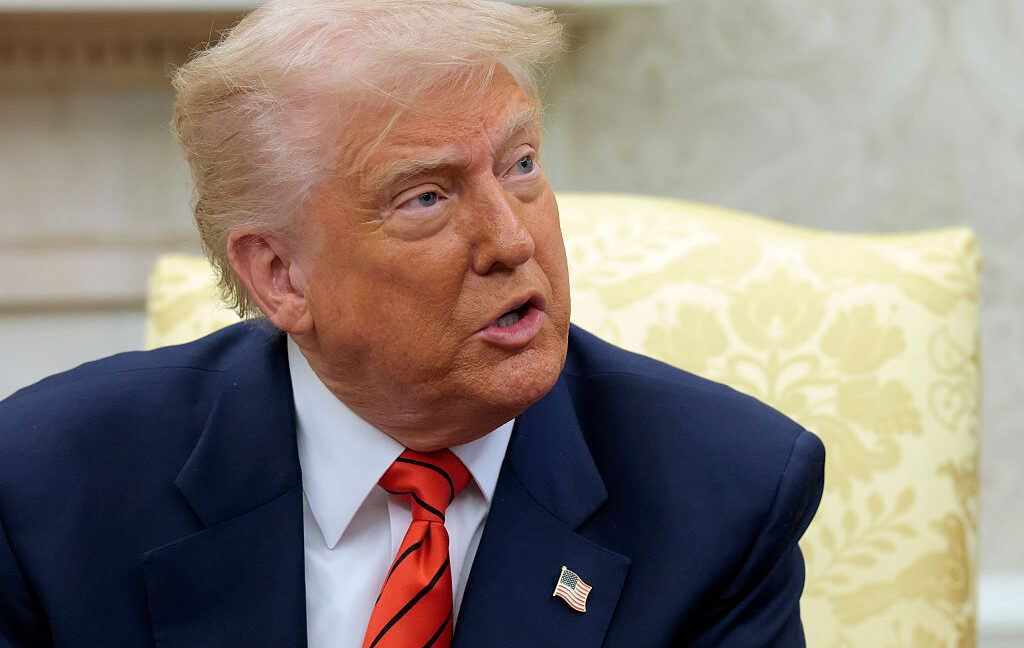Trump’s tariff threat pushes Canada to scrap digital services tax
In a sudden reversal, Canada has caved and will remove its digital services tax after trade talks with the US suddenly fell apart this weekend.
Blocked just hours before taking effect, the controversial digital services tax (DST) would have charged big US tech companies like Apple, Google, and Meta a 3 percent tax on all digital services revenue earned from Canadian users. Frustrating US tech giants, Canada also sought to collect retroactive taxes dating back to 2022.
Over the weekend, President Donald Trump claimed the tax was a “direct and blatant attack” on US tech companies and terminated the trade talks, while threatening to impose a new tariff rate on Canadian goods by July 4.
On Sunday, Canadian Prime Minister Mark Carney seemingly bowed to Trump’s pressure campaign, abruptly doing an “about turn” after previously refusing to pause the DST despite Trump’s opposition, NBC News reported.
But it wasn’t just Trump pushing Carney to reconsider the tax. A nonprofit representing CEOs and leaders of some of Canada’s biggest businesses, the Business Council of Canada, had warned that Carney defending the tax risked “undermining Canada’s economic relationship with its most important trading partner,” Al Jazeera reported.
If Trump were to impose new tariffs on Canada, it could have “large ripple effects across both economies,” the Council warned, potentially disrupting markets for automobiles, minerals, energy, and aluminum. And Trump—who has been bashing Canada with annexation threats throughout trade talks—had also threatened a Section 301 investigation into impacts of the DST on the US economy, which meant other punitive measures could be coming if the DST wasn’t removed. To Canada’s business leaders, the costs of defending the DST were seemingly becoming too high.
Trump’s tariff threat pushes Canada to scrap digital services tax Read More »



